Blue Balance
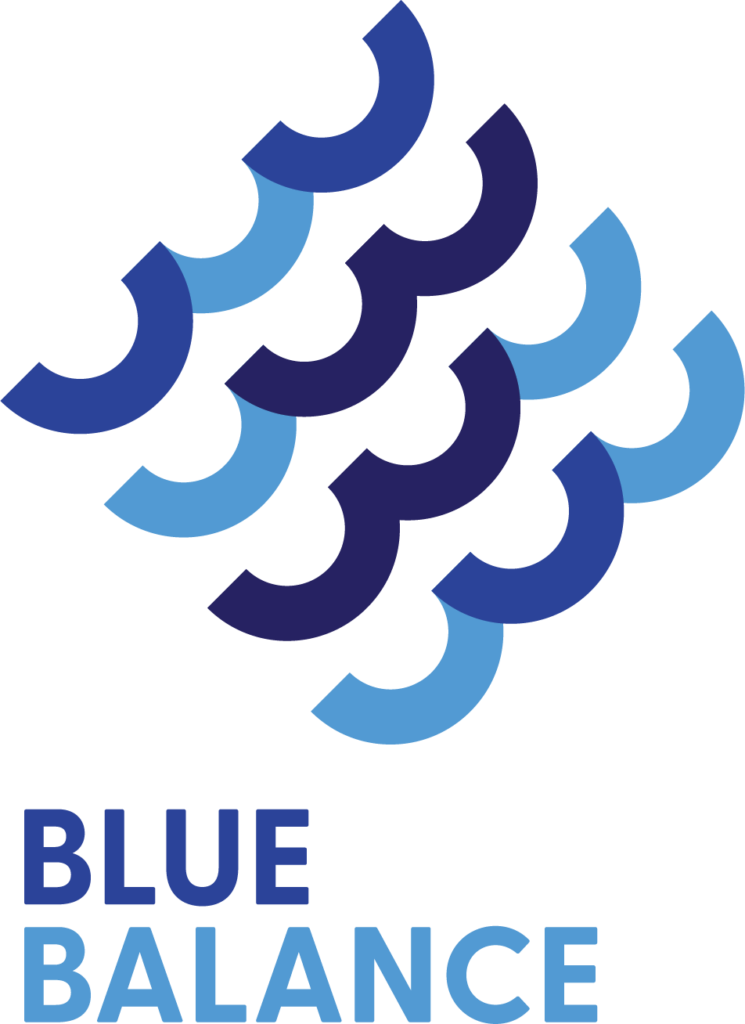
The general public is often insufficiently aware of and involved in the sustainable transition of the Flemish coastal area. That’s why the BLUE BALANCE project is aimed at creating public support and facilitating a comprehensive dialogue between stakeholders.
FTI – FTR CONF
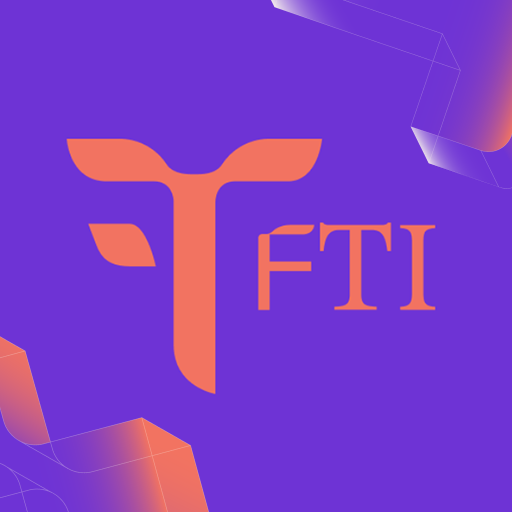
VLIZ Marine Science Day 2024
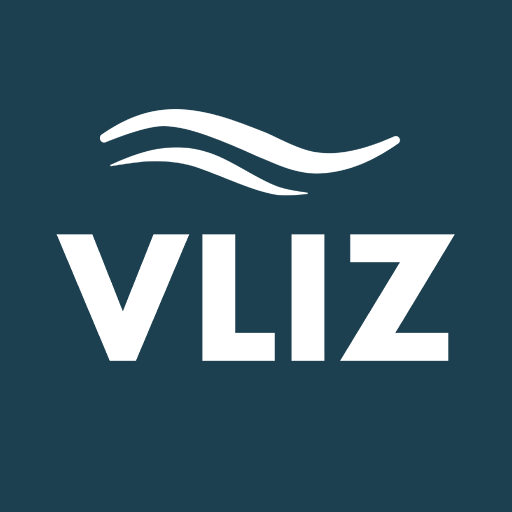
GDC

VP-Days 2024
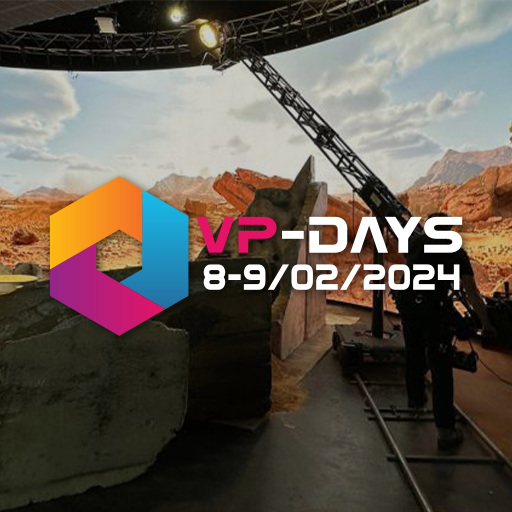
Join us on February 8 or February 9 and be at the forefront of innovation in the world of Virtual Film Production. The VP-days conference is a chance for you to come and meet industry leaders and experts and explore cutting-edge technologies reshaping the cinematic landscape. From camera tracking to real-time content creation, the dark matter that is Colour Space and shooting car plates, this conference is a comprehensive dive into the exciting world of Virtual Film Production.
Discover and experience the latest advancements, engage with industry leaders, and gain invaluable insights into the complexity of creating immersive cinematic experiences in a LED volume. Whether you’re a seasoned professional or an aspiring filmmaker, this conference covers a wide array of knowledge and expertise, illuminating the path towards the future of filmmaking.
Testerep
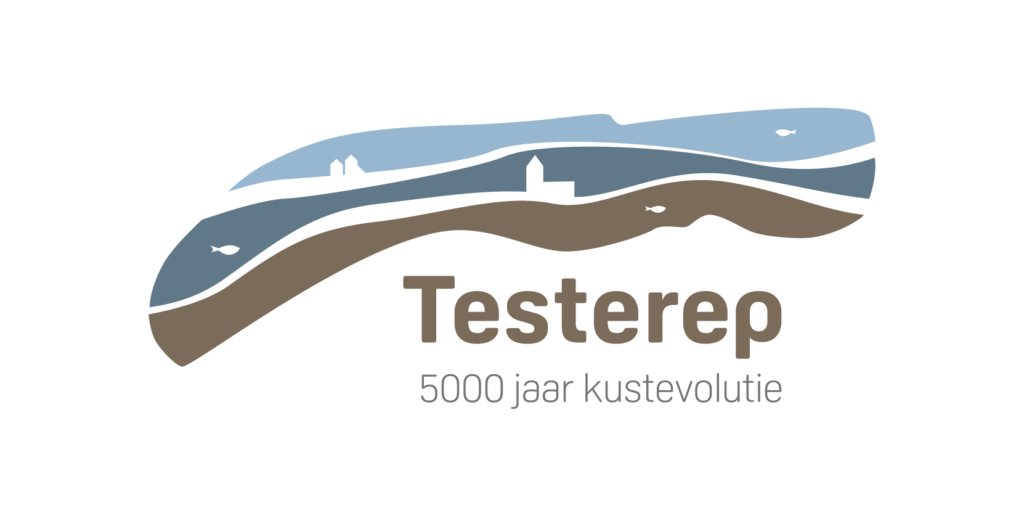
The Flemish coast has a long and complex history. The modern landscape is the result of the interaction between both natural processes and human interventions. Although research into the history of this region has already provided us with a lot of information, many detailed questions still remain, for example, exactly how the coastline evolved over the past 5000 years.
MIDEM+

AI Mocap: Rokoko Vision
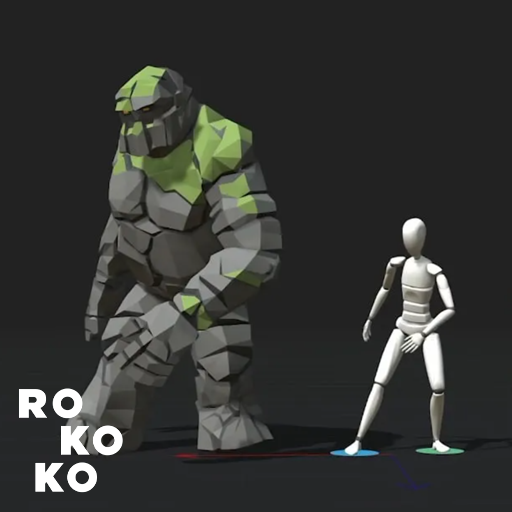
Rokoko Vision is an AI Mocap solution. It is a browser application with an account requirement. The app is completely free to use.
AI Mocap: Plask Motion
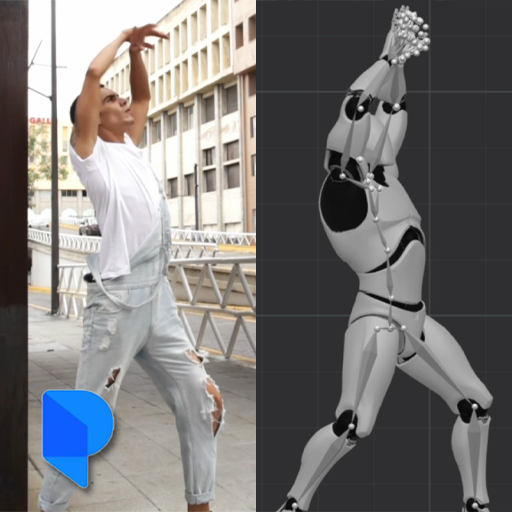
Plask is a browser application that offers an AI mocap solution. The video can be recorded live in the app or you can upload a video file.
Unite 2023
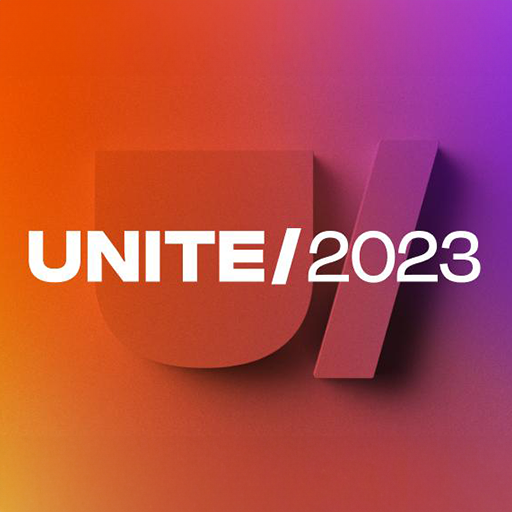
For the first time in four years, our popular Unite conference is back, live and in person. Whether you’re new to Unity, a seasoned pro, or just curious about our real-time 3D technology, Unite 2023 will celebrate the vibrant Unity community in all its glory.
We have an exciting agenda planned that covers everything games, including our renowned Keynote – full of inspiring content, crowd-pleasing announcements, and walk-ons from people behind some of your favorite games. During the day, there’ll be 30+ deep-dive technical sessions organized into four tracks – Ecosystem, AI, Multiplayer, and Growth. Our team will be spotlighting the latest Unity tools and features, demonstrating timesaving workflows, sharing proven strategies for ensuring game success, and giving you a sneak peek of what’s coming soon. Members of the Unity community, including developers from top studios, will be highlighting how they use Unity to achieve amazing games and experiences and run them on multiple platforms.
UNWRAP 2023
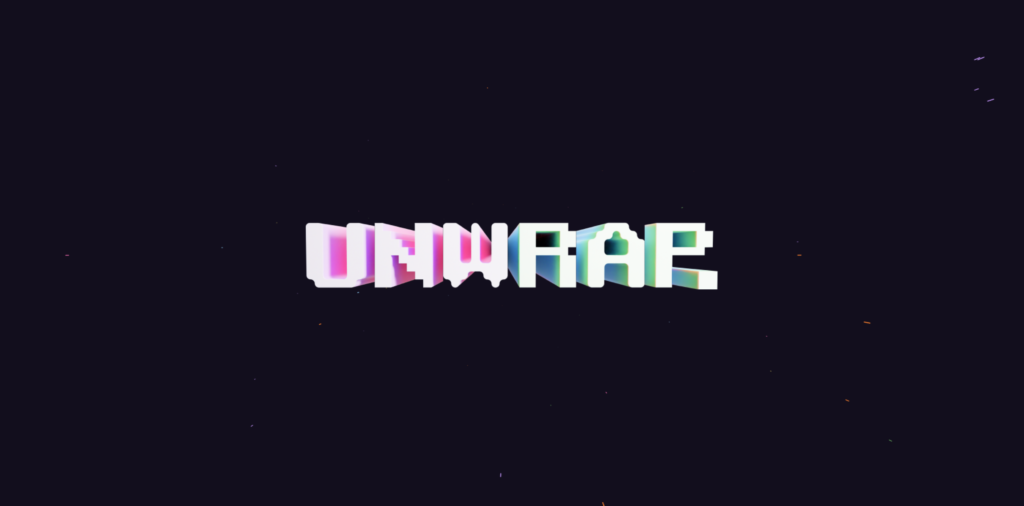
The UNWRAP Industry Days bring together professionals in the game, music, film and media industry. The Digital Entertainment Conference showcases the latest trends in games, music, film, media and -moreover- the untapped potential of their crossovers. The career fair connects job seekers with companies on the look-out for skills, while networking events are the seed of awesome collaborations. Add afterparties and concerts to that mix and you’ll have the ideal setting for industry professionals to unwind while working hard on their future projects.
Photogrammetry research by our interns.
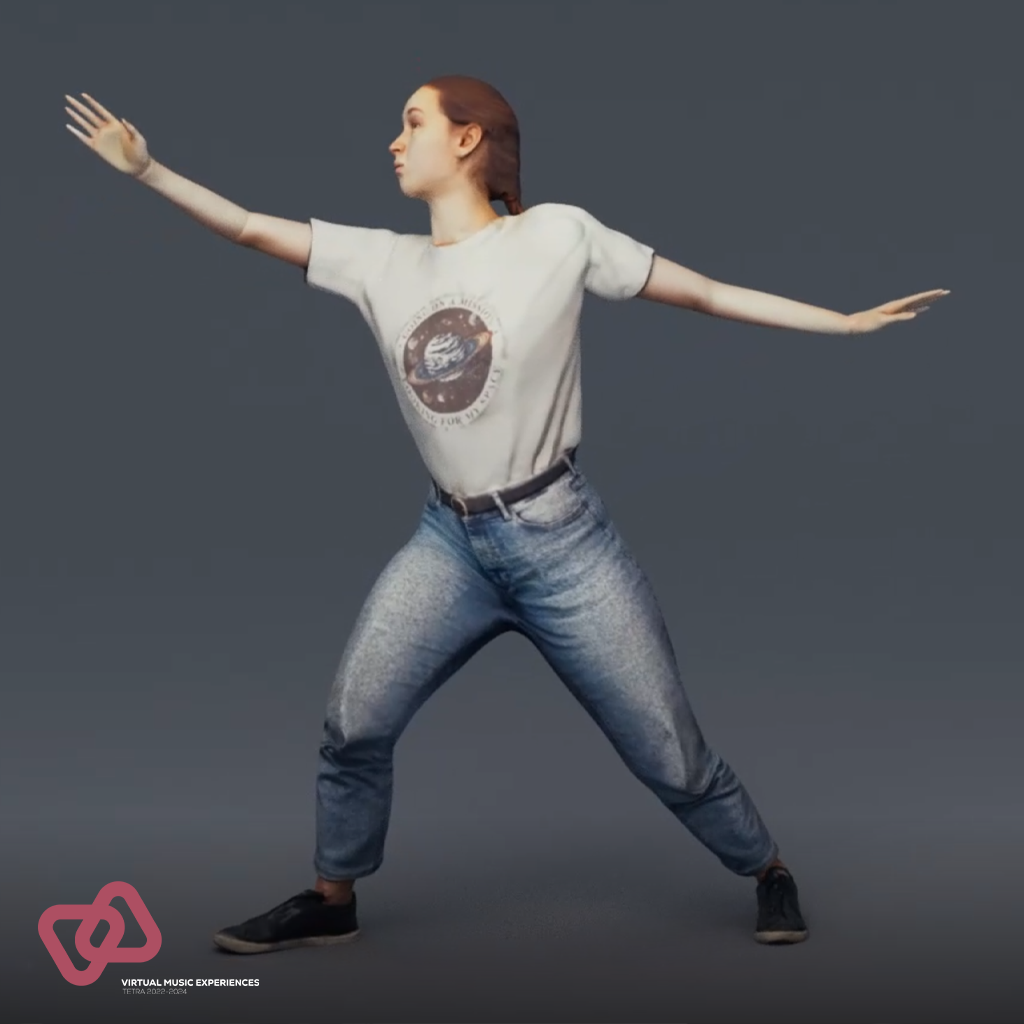
During her internship in our research team, Hanne Yperman, a 3th year DAE student, was tasked to experiment with scanning in a person using our photogrammetry setup and documenting the process. Along with some fellow interns, she made this video explaining her findings.
Siggraph 2023
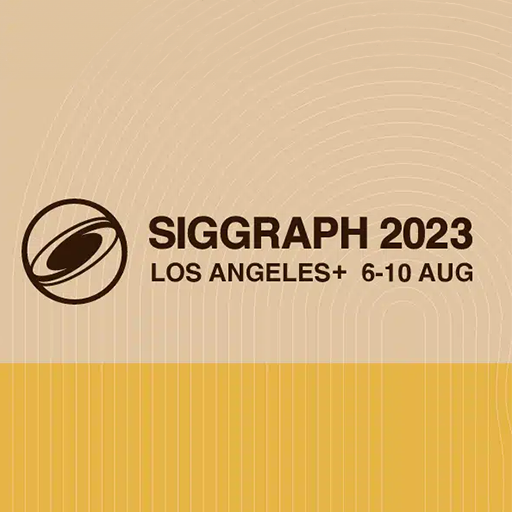
Like the Atomic Age of yesterday, the Information Age of today, and the Imagination Age of tomorrow, SIGGRAPH represents a near-perfect timeline of discovery and advancement in the computer graphics world. For 50 years, the conference has ushered in new breakthroughs, bolstered a community of perpetual dreamers, and mapped a future where exponential innovation isn’t just possible — it’s inevitable.
With that in mind, SIGGRAPH is more than a passive highlight of yesteryear. It’s a system that transcends time, where energy and inspiration continuously coalesce to drive infinite advancement. Celebrating 50 years of our conference presents the opportunity to recognize 2023 as the Age of SIGGRAPH, a living era in the conference legacy that honors the full chronology of the industry, the community, and the organization — then, now, and far into the future.
Soft bodies
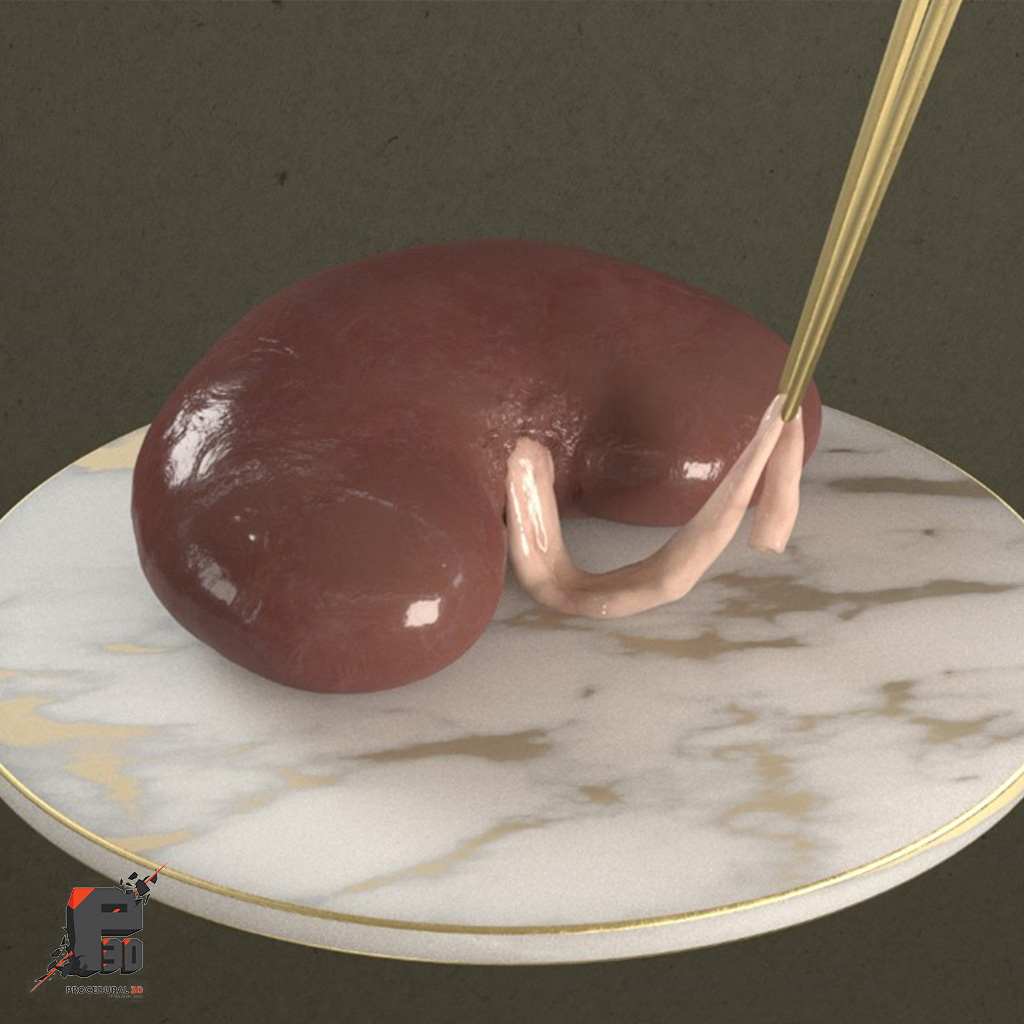
When creating a 3D model, the focus is on how it visually looks from the outside. Where a traditional 3D model is hollow inside, a soft body has a volume with mass and weight. The ultimate dream of various sectors – including medical imaging, medical training and police investigation – is to create a real-time soft body simulation. In such interactive simulations, for example, an organ can be cut and a physically correct reaction of the fat tissue, muscle tissue, blood vessels, etc. is displayed at the moment. The technology is not yet so far that this is possible.
2D to 3D: Building environments using photoshop input

Often only 2D data is available from buildings, machines or environments that contain information about how something is constructed. When creating a 3D environment, it is also faster to draw a floor plan than to build an environment yourself in 3D. The purpose of this case was to explore the possibilities and workflow regarding the construction of a 3D environment based on 2D input.
Scalable bodies & clothes
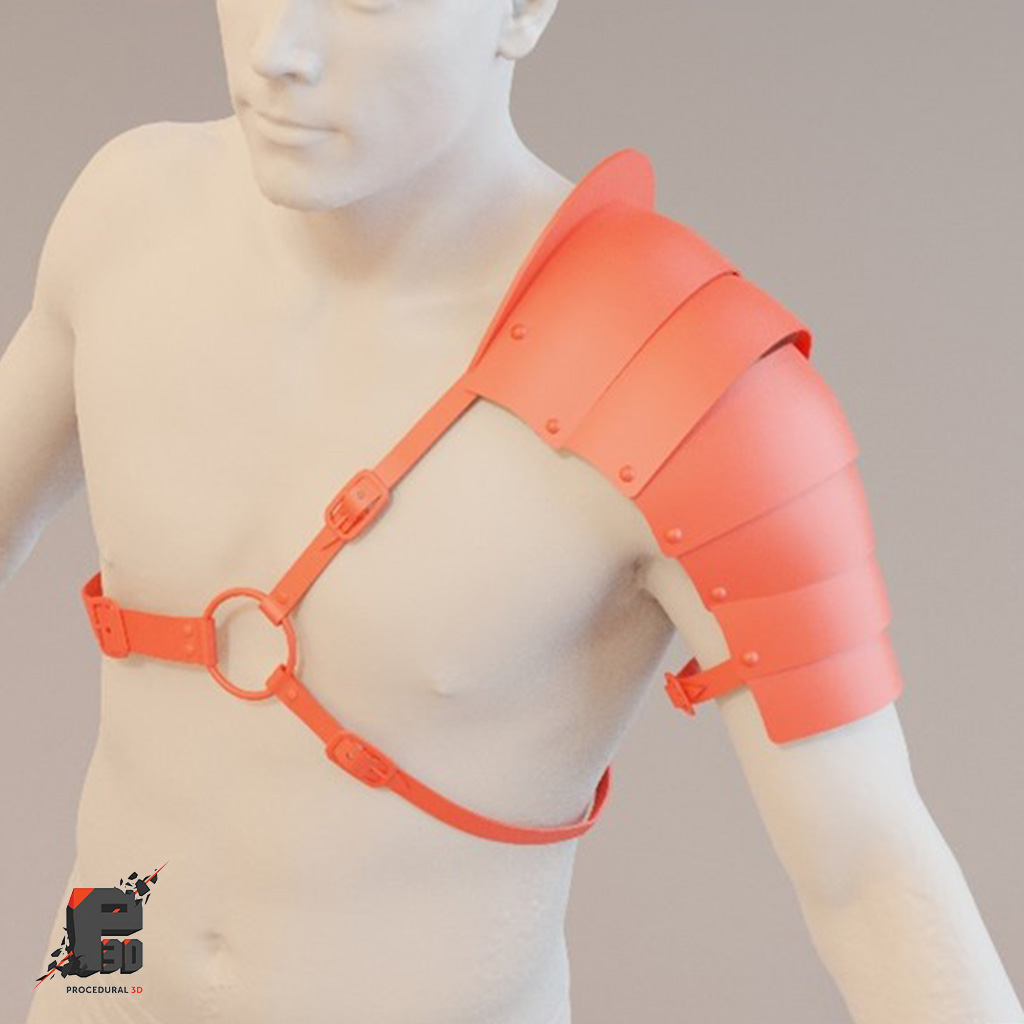
To provide clothing for a digital character, simulations are done with 2D patterns that are draped around a body. This is a process that can take a lot of time, because the simulation takes time and the 2D patterns may have to be adjusted with each iteration to adjust the result of the simulation.
If the same clothing needs to be draped on different characters or avatars, it can be a lot of work to adjust the patterns and simulation settings so that the final clothing fits the same way on different avatars. The aim of this use case was to see from the perspective of the entertainment sector and the clothing industry how we can automate the scaling of clothing simulations between different avatars using 3D procedural techniques.
Leaf material for 3d production

Simulating plant growth has had social and scientific relevance for a long time for various purposes, mainly for agriculture. This takes into account the biological research that shows the influence of the plant hormone auxin on growth. This knowledge has been converted into a mathematical model for the simulation of leaf growth. In addition, a growth function, which is influenced by auxin maxima on the leaf margin, determines the shape of the leaf. The literature describes techniques that are biologically accurate, but are not intuitive due to their complexity and are also time-intensive. Simplified models can be found, but often lack identifying characteristics, such as serrated edges around the blade and true-to-life veining. For this use case, the mathematical model of leaf growth and shapes from Runions et al. was used in combination with a simplified leaf shape.
Plant growth

There is an overlap between procedural generation and artificial intelligence. In addition to using AI to build procedural 3D models, procedural 3D can be used to train AI faster. AI algorithms need a large amount of annotated data to teach the algorithm what to do. Procedural 3D can help with this because it can generate a huge amount of annotated images with variations of the object.
Packaging tool

We made a proof of concept that generates packaging in Houdini automatically and as optimally as possible for the safe transport of fragile objects. We used an online library of scanned models from the Smithsonian museum. For the development of the tool, we based ourselves on the three most comprehensive methods of packaging. Instapak, where an object is surrounded by a foam material, cushion or foam packing, where the objects are cut out of an insulating material, and brace packaging, where the artifacts are held in place by a wooden construction.
Procedural configuration in augmented reality

Using real-time engines and parametric models, we can offer stakeholders the ability to modify 3D models in a real-time environment and immediately see the result. The goal of this case was to create the workflow in such a way that it could be displayed on a mobile AR device (smartphone, hololens, etc).
In this use case, a parametric table was chosen as an example to work with. We opted for Rhinoceros and Grasshopper software because they are very suitable for computer-aided manufacturing, rapid prototyping and product design. In addition, Grasshopper offers various plug-ins that made surfacing, meshing and communication between applications very easy. In this use case we set up the communication between Grasshopper and our Unity application via UDP (user datagram protocol) because it is low latency and requires little overhead. For the AR implementation, we used the Vuforia framework using image trackers.


